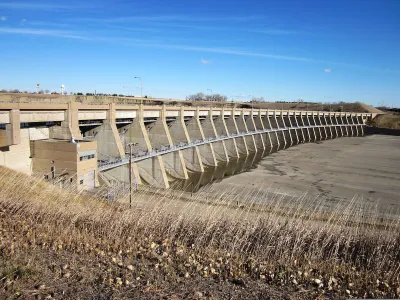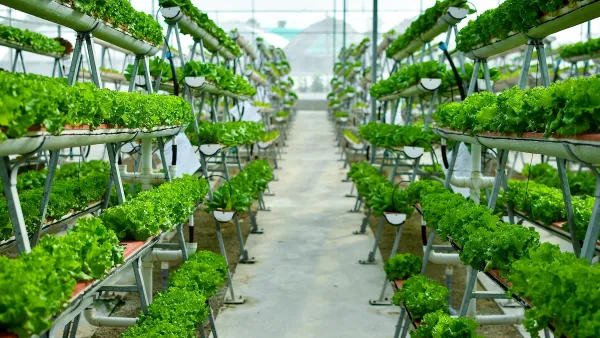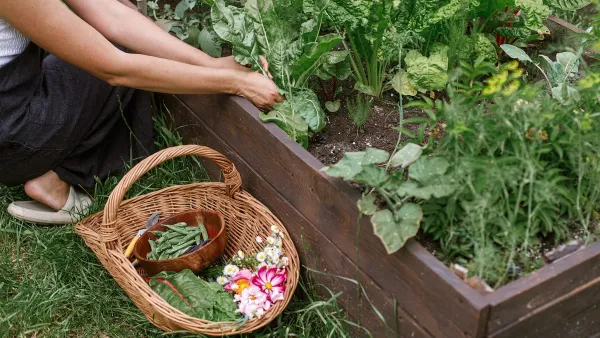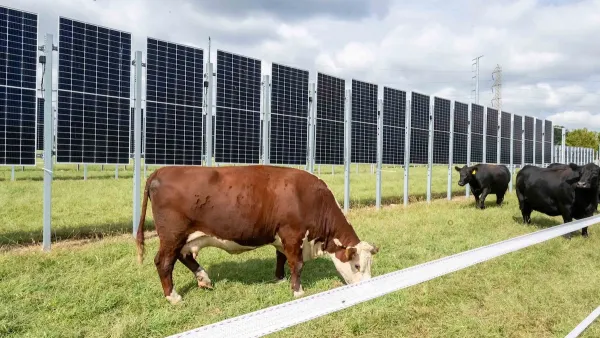The Mandan, Hidatsa, and Arikara Nation in North Dakota is launching a massive greenhouse project to regain their agricultural heritage and achieve food sovereignty.

The Mandan, Hidatsa, and Arikara Nation in North Dakota is revitalizing its agricultural roots through a substantial greenhouse complex, set to become one of the largest in the United States. As reported by Jack Dura, this initiative aims to grow leafy greens, tomatoes, and strawberries, allowing the tribe to achieve greater food sovereignty decades after their fertile lands were flooded by the construction of the Garrison Dam. The first phase of the project, costing $76 million, includes a 3.3-acre greenhouse and additional facilities, with plans to expand to 14.5 acres, significantly enhancing the tribe's capacity to produce fresh produce.
This greenhouse project is part of a broader movement to increase food sovereignty among Native American tribes, spurred by supply chain disruptions during the COVID-19 pandemic. By investing in local food systems, tribes across the nation are reclaiming their ability to feed their communities independently. The Mandan, Hidatsa, and Arikara Nation's greenhouse will support the Fort Berthold Indian Reservation's 8,300 residents and provide produce to other reservations and food banks in isolated areas. The operation is expected to create 30 to 35 jobs initially, with production goals of up to 15 million pounds of food annually.
A key element of this initiative is the use of natural gas resources from North Dakota's Bakken oil field. The tribe plans to capture and compress natural gas, traditionally flared off, to heat and power the greenhouse and produce fertilizer, addressing environmental concerns and reducing waste. This project not only reconnects the tribe with their agricultural heritage but also leverages modern resources to ensure sustainable and independent food production for the future.
FULL STORY: North Dakota tribe goes back to its roots with a massive greenhouse operation

National Parks Layoffs Will Cause Communities to Lose Billions
Thousands of essential park workers were laid off this week, just before the busy spring break season.

Retro-silient?: America’s First “Eco-burb,” The Woodlands Turns 50
A master-planned community north of Houston offers lessons on green infrastructure and resilient design, but falls short of its founder’s lofty affordability and walkability goals.

Delivering for America Plan Will Downgrade Mail Service in at Least 49.5 Percent of Zip Codes
Republican and Democrat lawmakers criticize the plan for its disproportionate negative impact on rural communities.

Test News Post 1
This is a summary

Test News Headline 46
Test for the image on the front page.

Balancing Bombs and Butterflies: How the National Guard Protects a Rare Species
The National Guard at Fort Indiantown Gap uses GIS technology and land management strategies to balance military training with conservation efforts, ensuring the survival of the rare eastern regal fritillary butterfly.
Urban Design for Planners 1: Software Tools
This six-course series explores essential urban design concepts using open source software and equips planners with the tools they need to participate fully in the urban design process.
Planning for Universal Design
Learn the tools for implementing Universal Design in planning regulations.
EMC Planning Group, Inc.
Planetizen
Planetizen
Mpact (formerly Rail~Volution)
Great Falls Development Authority, Inc.
HUDs Office of Policy Development and Research
NYU Wagner Graduate School of Public Service





























